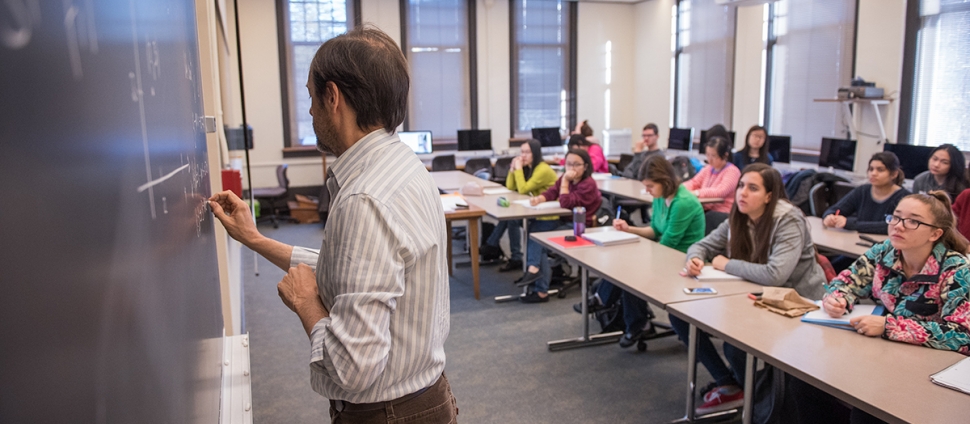Application of a Skein Relation to Difference Topology Experiments
Document Type
Article
Publication Date
11-1-2019
Publication Title
Journal of Knot Theory and its Ramifications
Abstract
Difference topology is a technique used to study any protein that can stably bind to DNA. This technique is used to determine the conformation of DNA bound by protein. Motivated by difference topology experiments, we use the skein relation tangle model as a novel technique to study experiments using topoisomerase to study SMC proteins, a family of proteins that stably bind to DNA. The oriented skein relation involves an oriented knot, K+, with a distinguished positive crossing; a knot K-, obtained by changing the distinguished positive crossing of K+ to a negative crossing; a knot, KI, resulting from the non-orientation persevering resolution of the distinguished crossing; and a link KD, the orientation preserving resolution of the distinguished crossing. We refer to (K+,K-,KD,KI) as the skein quadruple. Topoisomerases are proteins that break one segment of DNA allowing a DNA segment to pass through before resealing the break. Recombinases are proteins that cut two segments of DNA and recombine them in some manner. They can act on direct repeat or inverted repeat sites, resulting in a link or knot, respectively. Thus, the skein quadruple is now viewed as K± = circular DNA substrate, Ka = product of topoisomerase action, KD = product of recombinase action on directed repeat sites, and KI = product of recombinase action of inverted repeat sites.
Keywords
difference topology, DNA topology, knot theory
Volume
28
Issue
13
DOI
10.1142/S0218216519400169
ISSN
02182165
Recommended Citation
Price, Candice and Darcy, Isabel, "Application of a Skein Relation to Difference Topology Experiments" (2019). Mathematics Sciences: Faculty Publications, Smith College, Northampton, MA.
https://scholarworks.smith.edu/mth_facpubs/117


